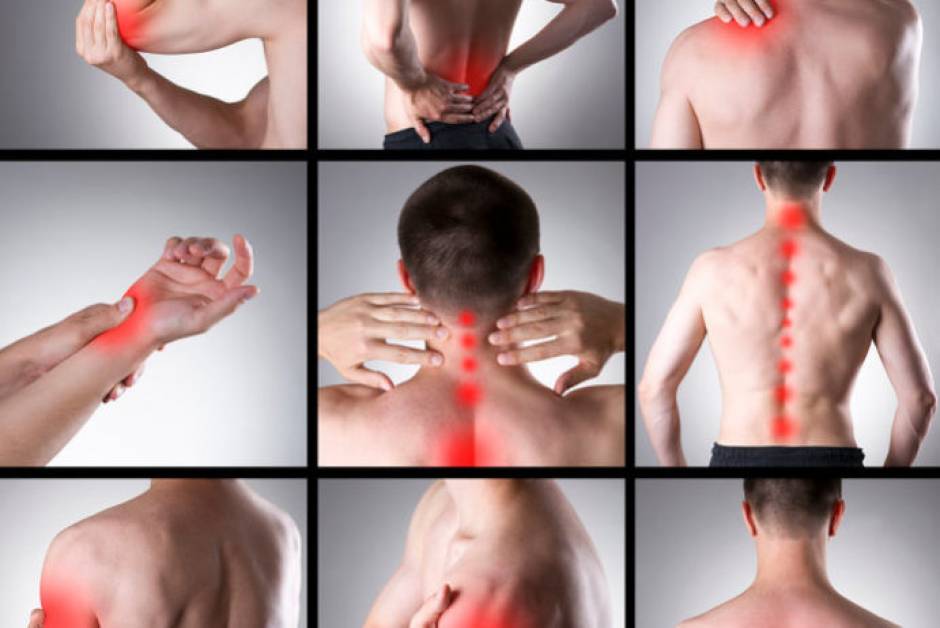Neuropathic pain is a complex condition that affects millions worldwide. Characterized by shooting, burning, or stabbing sensations, it can significantly diminish one’s quality of life. However, with the right management strategies, individuals can find relief and regain control over their lives. In this comprehensive guide, we delve into the intricacies of neuropathic pain and provide actionable tips for effective management.
Understanding Neuropathic Pain
Neuropathic pain stems from damage or dysfunction in the nervous system, leading to abnormal signaling of pain messages. This condition can result from various causes, including diabetes, injury, infection, or certain medical conditions. Unlike nociceptive pain, which arises from tissue damage, neuropathic pain occurs due to faulty nerve signals.
Diagnosis and Assessment
Accurate diagnosis is crucial for effective management of neuropathic pain. Healthcare professionals typically conduct a thorough assessment, which may include medical history, physical examination, and diagnostic tests such as nerve conduction studies or imaging scans. Proper evaluation helps identify the underlying cause and determine the most suitable treatment approach.

Treatment Options
Managing neuropathic pain often involves a multidisciplinary approach tailored to individual needs. Pharmacological interventions such as anticonvulsants, antidepressants, or analgesics are commonly prescribed to alleviate symptoms and improve quality of life. Non-pharmacological therapies such as physical therapy, acupuncture, or nerve stimulation techniques may also provide relief.
Lifestyle Modifications
In addition to medical interventions, certain lifestyle modifications can complement treatment and enhance overall well-being. Regular exercise promotes circulation and releases endorphins, which can help alleviate pain and improve mood. Healthy diet rich in antioxidants and omega-3 fatty acids may reduce inflammation and support nerve health. Stress management techniques such as mindfulness meditation or relaxation exercises can also be beneficial in reducing neuropathic pain.
Complementary and Alternative Therapies
Some individuals may explore complementary and alternative therapies to manage neuropathic pain. Herbal supplements such as capsaicin, alpha-lipoic acid, or St. John’s wort have shown promise in relieving symptoms. Acupuncture and massage therapy may help alleviate pain and promote relaxation. However, it’s essential to consult with healthcare professionals before incorporating these approaches into your treatment plan.
Support and Resources
Living with neuropathic pain can be challenging, but you’re not alone. Seek support from support groups or online communities where you can connect with others facing similar challenges. Educational resources and self-management programs can provide valuable information and tools for coping with neuropathic pain effectively.
Identifying Symptoms
Symptoms of neuropathic pain vary widely but commonly include shooting, burning, or stabbing sensations, along with tingling or numbness. Patients often report heightened sensitivity to touch or temperature changes in affected areas. Recognizing these symptoms is paramount to initiating appropriate treatment promptly.
Diagnosis and Assessment
Accurate diagnosis of neuropathic pain requires a thorough medical history and physical examination. Additional tests, such as nerve conduction studies or imaging scans, may be necessary to pinpoint the underlying cause. Assessment tools like the Neuropathic Pain Scale help quantify symptom severity, guiding treatment decisions.

Treatment Options
Medications
Pharmacotherapy forms the cornerstone of neuropathic pain management. Antidepressants, such as tricyclic antidepressants or selective serotonin-norepinephrine reuptake inhibitors (SNRIs), and anticonvulsants like gabapentin or pregabalin, are commonly prescribed to modulate abnormal nerve signaling. Topical treatments, such as lidocaine patches or capsaicin cream, offer localized relief.
Interventional Procedures
For refractory cases, interventional procedures may provide relief. Nerve blocks, spinal cord stimulation, or intrathecal drug delivery systems target specific nerve pathways, interrupting pain signals before they reach the brain. These procedures are often reserved for individuals who do not respond adequately to conservative measures.
Physical Therapy
Physical therapy plays a crucial role in managing neuropathic pain by improving strength, flexibility, and posture. Techniques such as transcutaneous electrical nerve stimulation (TENS) or therapeutic exercises help desensitize nerves and alleviate muscle tension, promoting long-term functional improvement.
Mind-Body Interventions
Mind-body interventions, including meditation, guided imagery, and biofeedback, harness the power of the mind to modulate pain perception. By promoting relaxation and stress reduction, these techniques complement traditional treatment modalities, fostering a holistic approach to pain management.
Lifestyle Modifications
Adopting healthy lifestyle habits can augment the efficacy of pain management strategies. Regular exercise, balanced nutrition, adequate sleep, and stress management techniques contribute to overall well-being, potentially reducing the impact of neuropathic pain on daily functioning.
Integrative Approaches
Integrative medicine combines conventional treatments with evidence-based complementary therapies. Acupuncture, massage therapy, and herbal supplements are among the complementary modalities that may offer symptomatic relief. Collaborating with a multidisciplinary team ensures comprehensive care tailored to individual needs.
Patient Education and Empowerment
Empowering patients with knowledge about their condition is instrumental in fostering self-management skills. Educational resources, support groups, and pain diaries facilitate communication between patients and healthcare providers, promoting shared decision-making and enhancing treatment outcomes.
Conclusion
Neuropathic pain is a complex condition that requires a comprehensive approach to management. By understanding the underlying mechanisms and implementing tailored strategies, individuals can find relief and regain control over their lives. Whether through pharmacological interventions, lifestyle modifications, or complementary therapies, there are various options available to alleviate symptoms and improve quality of life.











